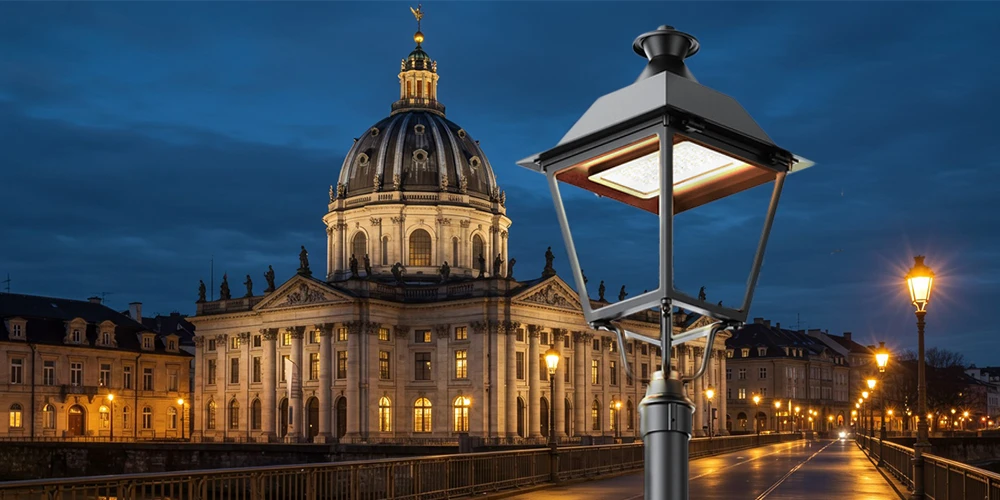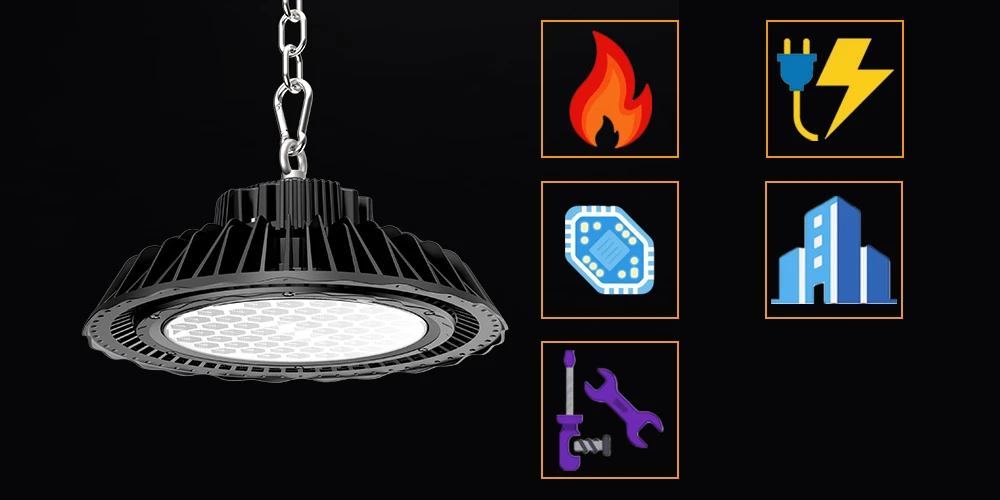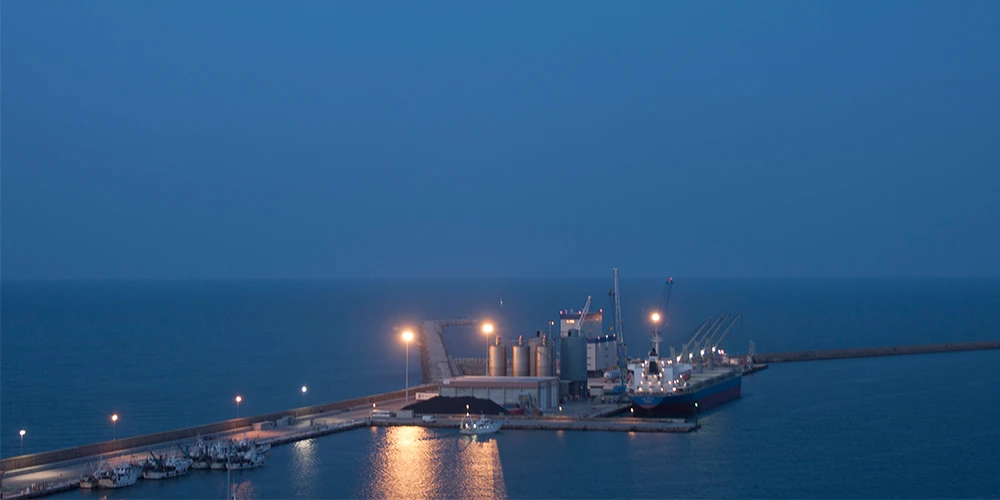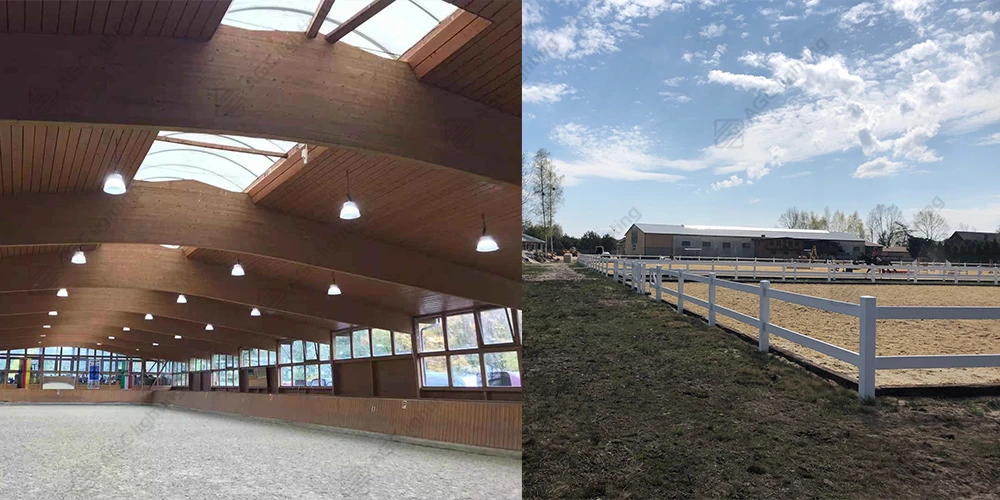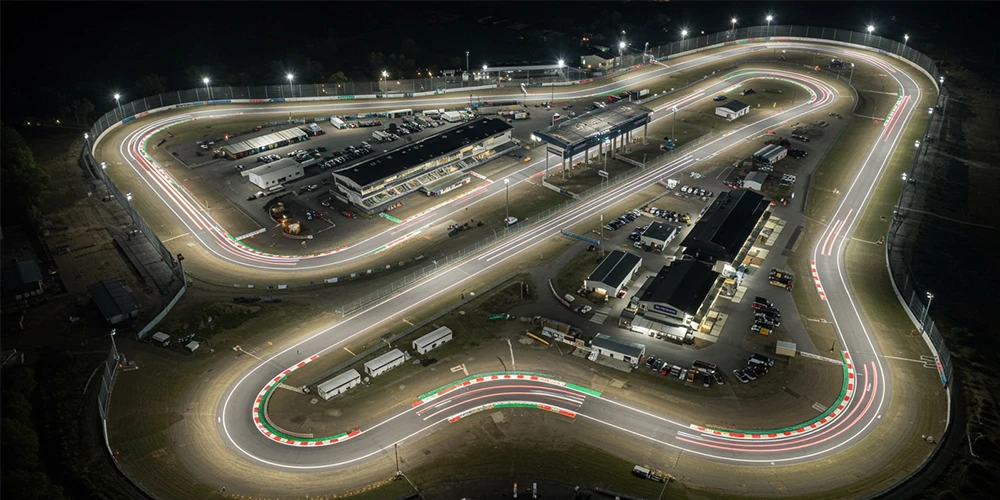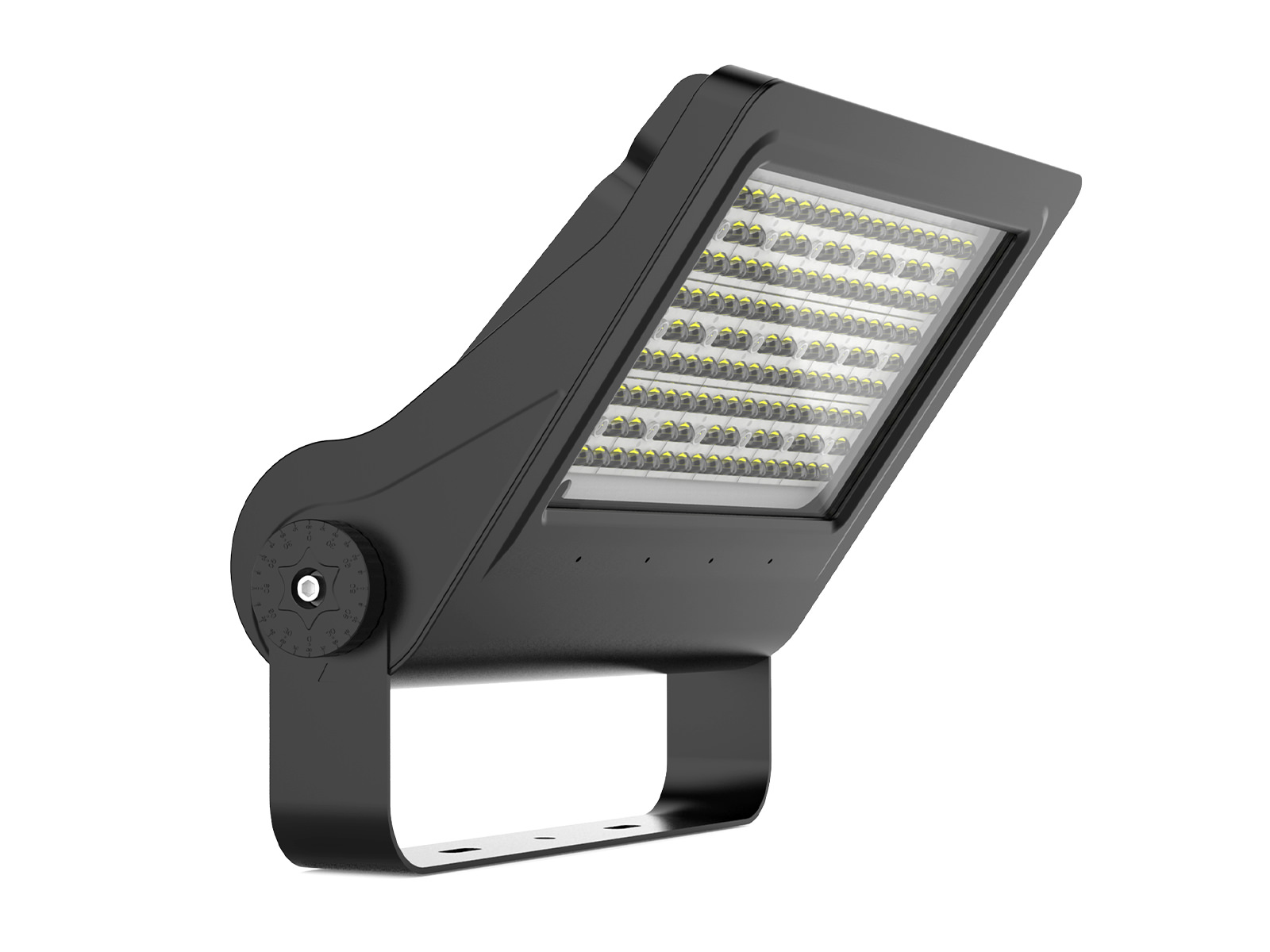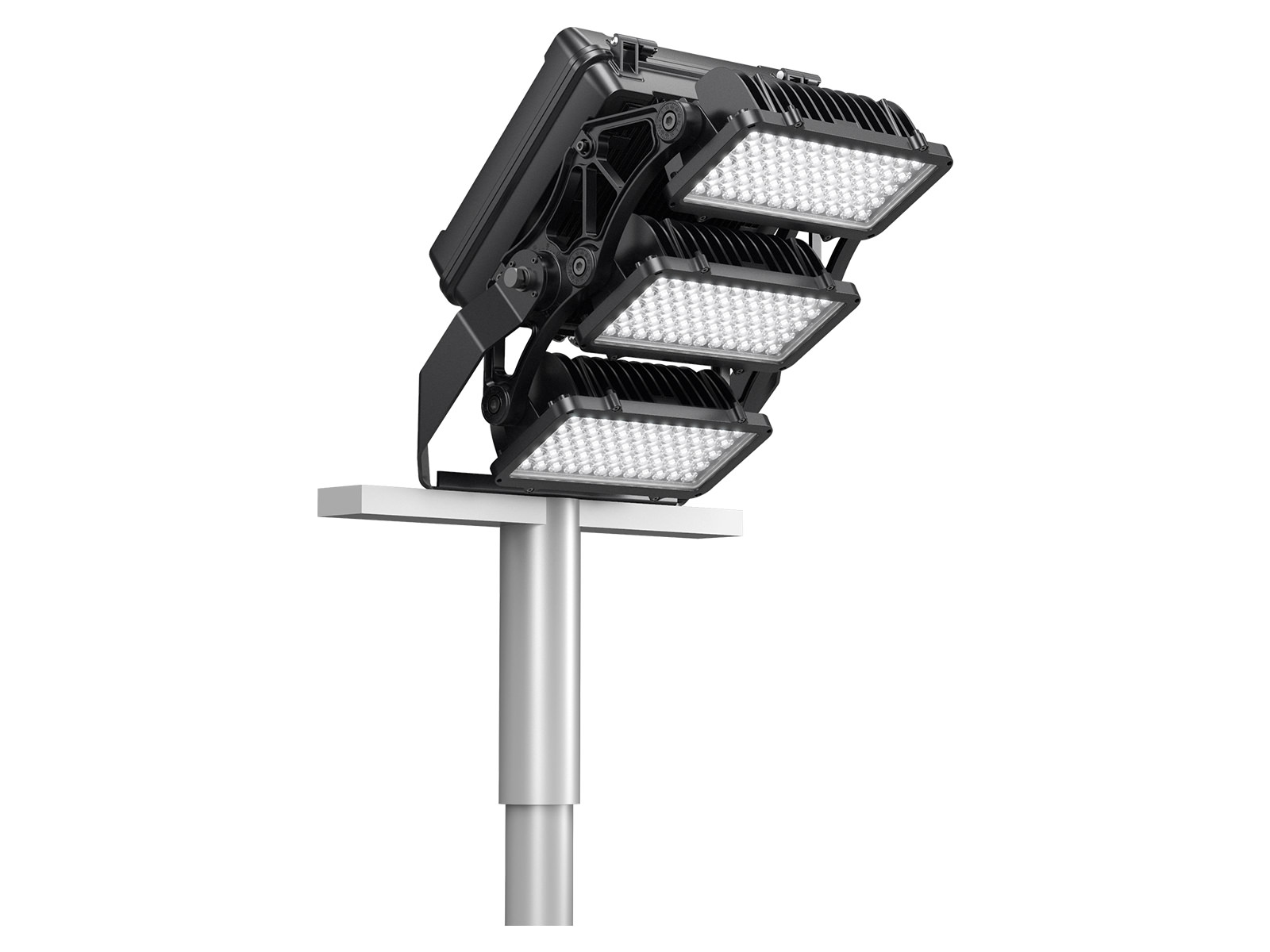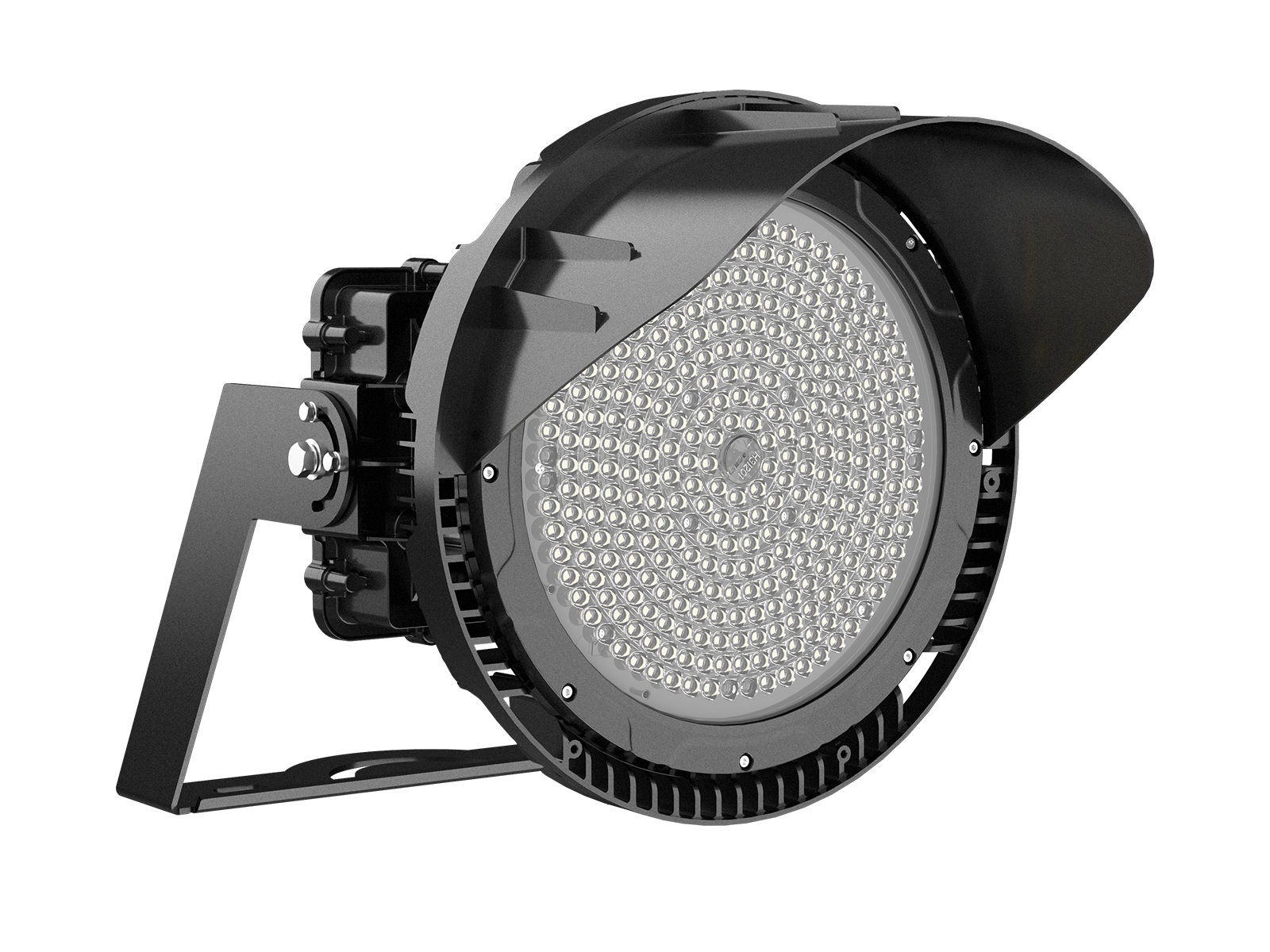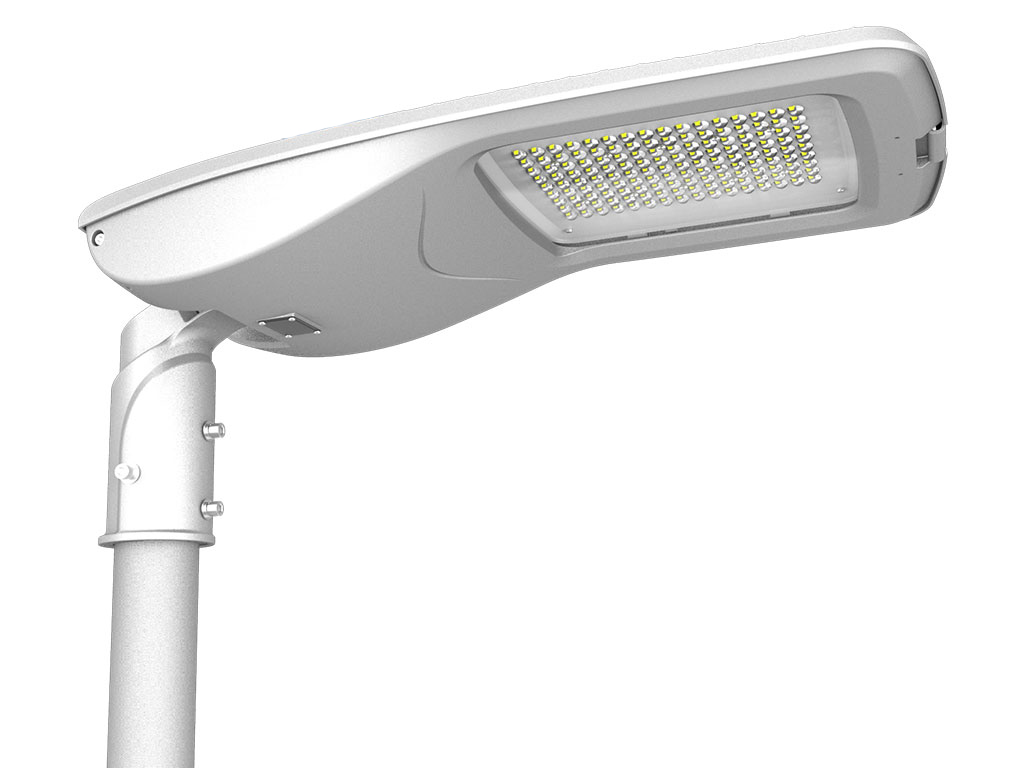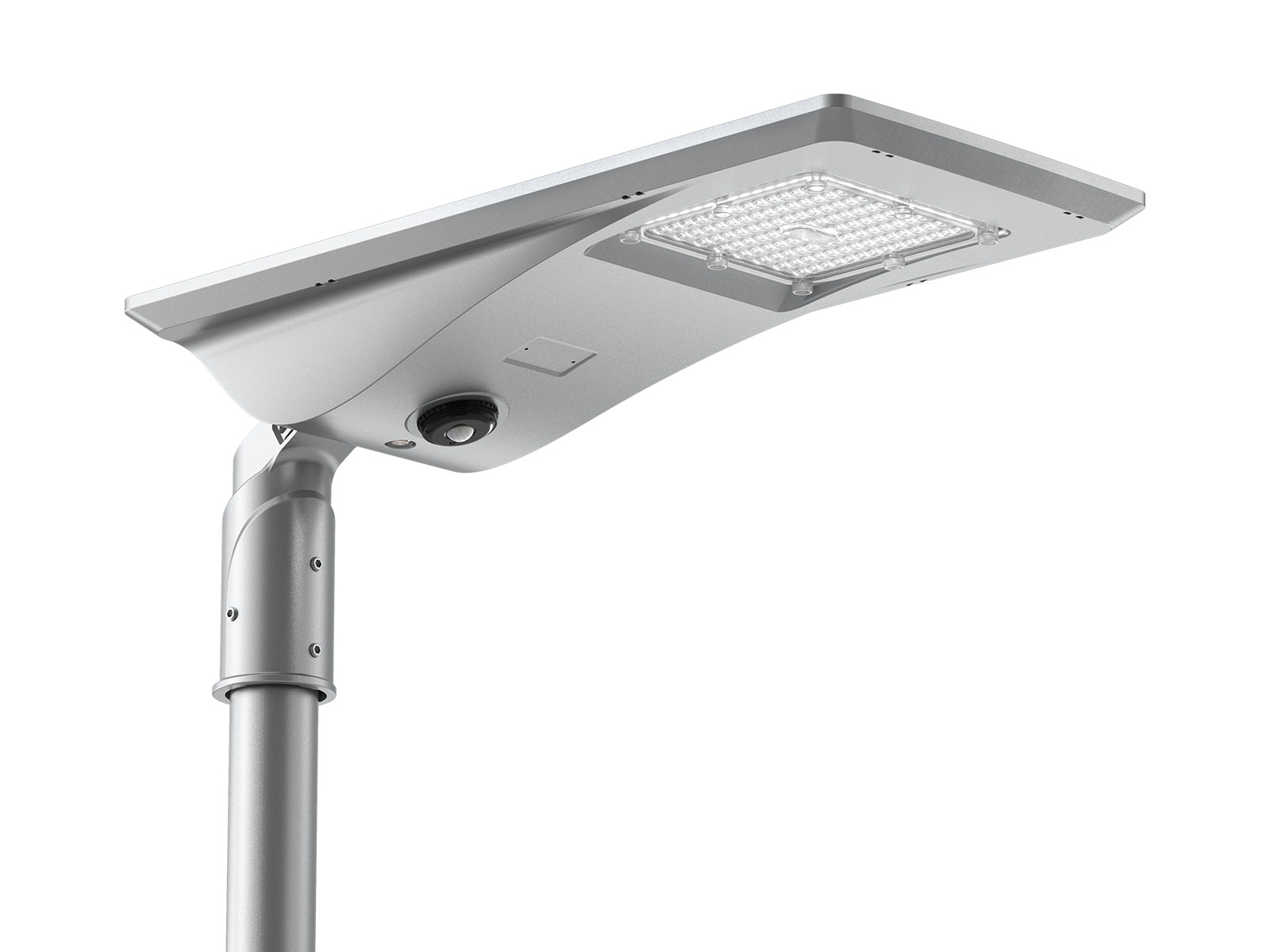There are various types of fixtures in the market. Different type of light is designed for specific applications. For example, the key goal for using streetlights is to ensure the safety of drivers and pedestrians in a dark or dim environment. They also play an important role in public security by reducing crime.
Floodlights are normally used to illuminate larger areas like sports fields and warehouses. They lit the application and increased the visibility to protect people from dangers as well.
The common point of floodlights and streetlights is their illuminating ability for outdoors. It seems that floodlights can be used as streetlights with a common point. If so, would the cost of floodlights or streetlights decline? Let’s talk about whether the floodlight can be used as a streetlight.
Firstly, we should know what are the floodlights and streetlights.
What is a floodlight?
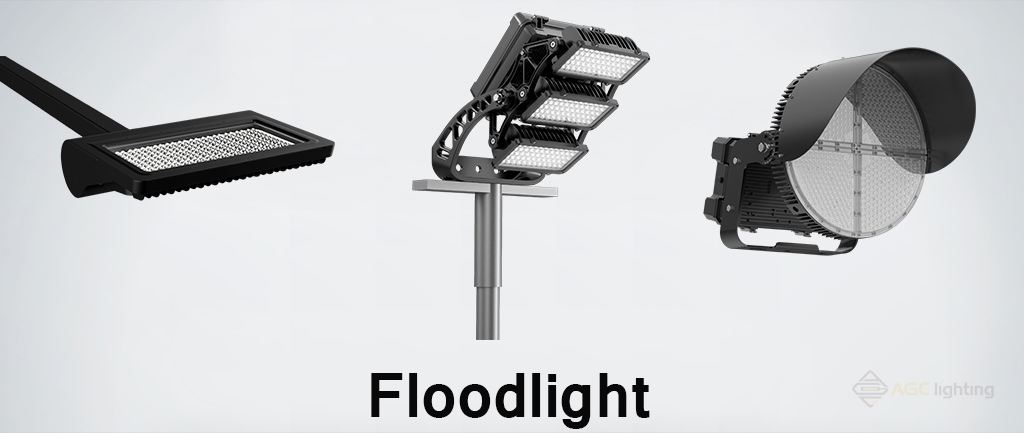
A floodlight has a broad beam spread and high lighting intensity. Floodlight is highly diffuse and non-directional, resulting in soft, transparent shadows that fade slowly when illuminating objects. It is able to illuminate larger spaces with the help of broad beam angles.
As floodlights are non-directional, fixture manufacturers put the reflector on a regular fixture to concentrate the light in one direction. Floodlight is mostly used in larger areas, such as driveways, stadiums, warehouses, sports fields, etc. It can light up the area completely during low-light conditions.
A qualified floodlight can match the clear television broadcast and provide suitable visibility for spectators and operators. To save energy, the usage of solar floodlights is a popular option for many customers.
What is a streetlight?
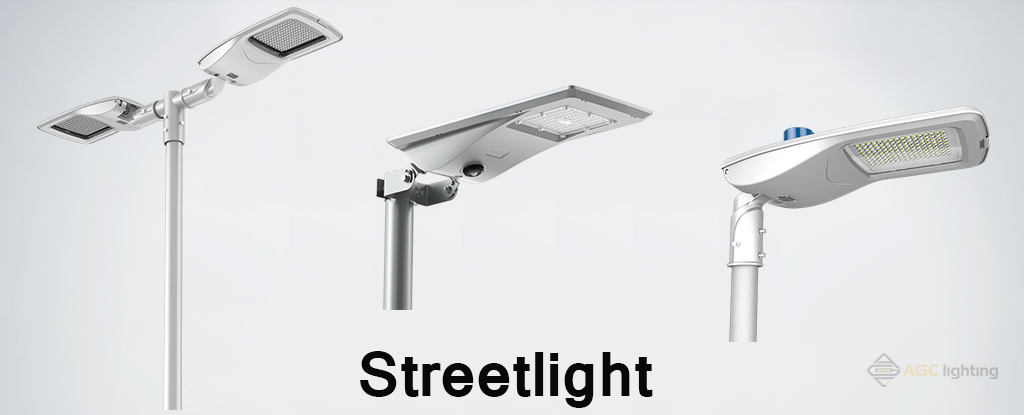
A streetlight is mainly used for illuminating the road. The streetlight is usually placed on the edge of the road or path. The advantages of streetlights include the reduction of crime, an increase in safety, and the prevention of accidents.
When it comes to designing the streetlight system, consideration of the risk of glare and trespass is critical for drivers, pedestrians, and residents who live by the streets. The failure of criticisms of streetlights would cause lighting pollution or even injury.
Generally speaking, there are five types of lighting distribution to cover different conditions. Fixture manufacturers produce fixtures with proper lighting distribution to meet the requirements of different types of roads.
Outdoor lighting performance is a method that is widely used in testing the performance of lighting distribution designs that are planned for applications to minimize lighting pollution. Light-sensitive photocells are equipped with most streetlights to control the lamp in terms of the amount of natural light.
The difference between a floodlight and a streetlight
To clarify whether floodlights can be used for streetlights, the difference between floodlights and streetlights should be taken into account. Application, installation, lighting distribution, and lighting uniformity are the main differences between floodlights and streetlights.
Application
Floodlight is mainly used in outdoor areas like playing fields, stadiums, parking lots, amusement parks, airports, building facades, and so on. It can illuminate larger and wider areas compared to streetlights. Streetlight is generally located on the edge of the road, including park roads, cycle path roads, pedestrian streets, community roads, etc.
Installation
A streetlight is commonly mounted on poles at an appropriate height to provide sufficient illumination. To provide power for fixtures, a foundation and a trench of poles are needed. Qualified technicians are also required for proper installation.
But installations of floodlights are more flexible. A floodlight can not only be installed on a pole, but it can also be installed on the roof, wall, or even the lawn. The following picture shows the different installations of floodlights.

Lighting distribution
The lighting distributions of floodlights can be divided into symmetrical, asymmetrical, and double asymmetrical in a simple way.
NEMA (National Electrical Manufacturers Association) classified the distribution of floodlights by the beam spread. NEMA classification is determined by horizontal and vertical beam spread angles where the light intensity is 10% of the maximum beam intensity. If a flood light is of 50 degrees horizontal beam spread and 50 degrees vertical beam spread, the NEMA type is 4 X 4.
Beam Spread (°) |
NEMA Type |
Beam Description |
|
10-18 |
1 |
Very narrow |
|
18-29 |
2 |
Narrow |
|
29-46 |
3 |
Medium narrow |
|
46-70 |
4 |
Medium |
|
70-100 |
5 |
Medium wide |
|
100-130 |
6 |
Wide |
|
>130 |
7 |
Very Wide |
IES(Illumination Engineering Society) develops the lateral light distribution with regard to the lighted area width described as a multiple of the mounting height (MH) for street and area lights.
Type Ⅰ:
Narrow symmetric pattern, half-maximum candela trace falls between 1 MH on the house side and 1 MH on the street side of the luminaire position. It is great for walkways, paths, roadways, and “high mast” applications.
Type Ⅱ:
Narrow asymmetric pattern, half-maximum candela trace falls between 1 MH and 1.75 MH on the street side of the luminaire position. It is used for walkways, roadways, and bike paths.
Type Ⅲ:
Wide asymmetric pattern, half-maximum candela trace falls between 1.75 MH and 2.75 MH on the street side of the luminaire position. This type of distribution allows the light to project outward and fill the area. It is meant for roadway, parking, and other area light applications.
Type Ⅳ:
Asymmetric forward throw pattern, half-maximum candela trace falls beyond 2.75 MH but less than 3.7 MH on the street side of the luminaire position. Ideal for wall mount or pole mount perimeter applications.
Type Ⅴ:
A symmetrical circular pattern has a distribution that is circularly symmetrical around the luminaire position. It provides equal forward and rear lighting distributions. It is best for parking and area lighting.
Type VS:
A symmetrical square pattern has a square symmetry of candlepower that is essentially the same at all lateral angles. It is suitable for large areas, like the parking lot, and areas that require sufficient and evenly distributed light.
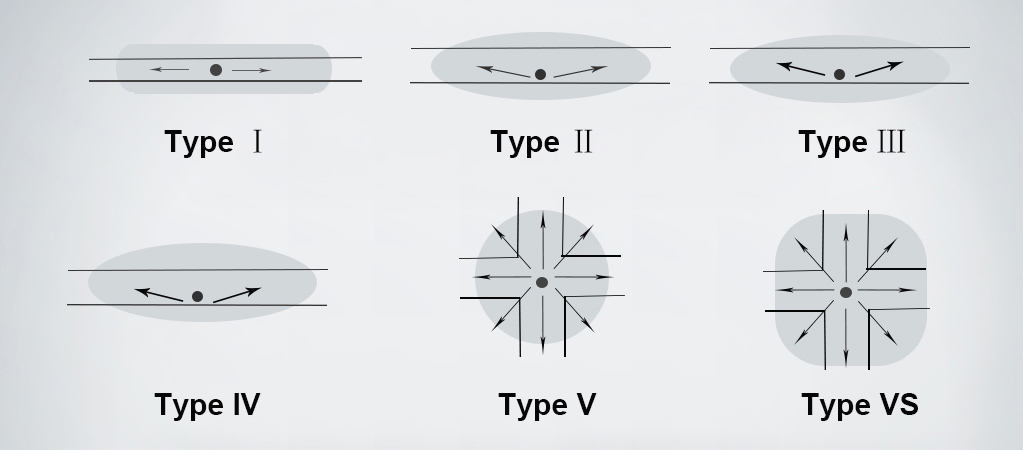
From the classification, we know that the streetlight has Type Ⅱ or Type Ⅲ lighting distribution under normal conditions. Therefore, floodlight has a wider lighting distribution and broader beam spread than streetlights.
Uniformity of the light
Uniformity refers to the ratio of the minimum illuminance to the average illuminance on the specified surface. Uniform and even lighting brings a comfortable visual experience.
As mentioned before, the floodlight is highly diffuse and non-directional. The mounting position has a direct impact on the uniformity of the floodlight. If the floodlight is placed too close to the target area, uneven lighting distribution may occur.
However, all streetlights are designed precisely to provide uniform and even lighting distribution as well as minimize light pollution. The bat wing type lighting distribution is commonly and widely used in streetlights. Without custom design, the uniformity of floodlights is not as good as streetlights.
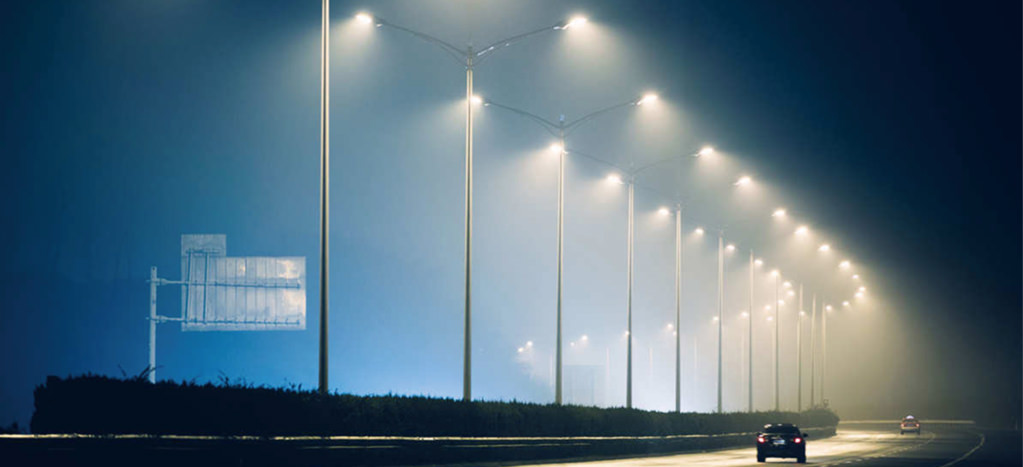
Can floodlights be used for streetlights?
Floodlights can be used for streetlights in theory. A streetlight is aimed at illuminating a particular direction on the road surface. But floodlight covers a broader and larger area of the aimed object. The addition of reflectors or lenses assists in the adjustment of the beam spread of the floodlight to flood or concentrate the light.
A full cutoff or semi-cutoff distribution of a flood is acceptable to be used as streetlights. Full cutoff means the maximum lighting intensity must be less than 10cd/1000lm at 90 degrees and less than 30cd/1000lm at 80 degrees. Semi-cutoff is defined as the maximum lighting intensity that must not exceed 50cd/1000lm at 90 degrees and less than 100cd/1000lm at 80 degrees. Moreover, the floodlight should be mounted in the proper mounting position and height to ensure illuminance uniformity.
Though with the advanced technology and the use of reflectors and lenses, a floodlight is able to meet the requirements of streetlights, it is more expensive than streetlights with the same specifications. Thus, classifications of the light are reasonable and reliable. There is no need to incur extra costs to refit floodlights to streetlights.
Still wondering which light is right for your application? Please feel free to contact our sales team.
AGC is ready to provide professional and customized lighting solutions.



